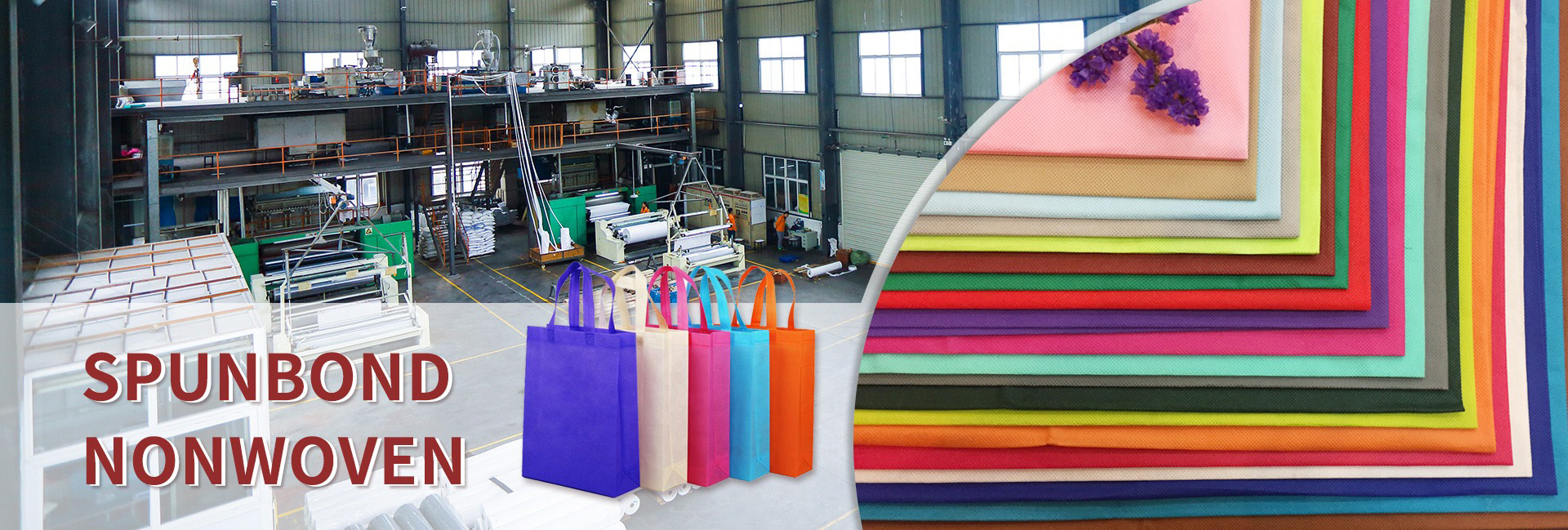
Products
PP Spunbond in Agriculture
PP resin is continually extruded via spinnerets in the PP spunbond production process, creating a vast number of fine filaments that are then pulled, quenched, deposited, and bonded on a moving belt. The random web formation allows open structures breathable to air/water. Constant filament spinning preserves consistent PP spunbond properties that are perfect for the diverse circumstances and requirements of agriculture.
The Advantages of PP Spunbond in Agriculture
Control of Erosion:
Greater Weight Spunbond barriers made of PP efficiently stabilize shorelines, channels, and slopes that are susceptible to runoff and rain-induced gully/rill erosion. On depleted soils, its interlocking filaments anchor vegetation and promote regeneration. Throughout revegetation, PP’s UV resistance preserves integrity for long-term protection.
Covering the Ground
PP spunbond reduces weeds in nurseries, storage areas, and fallow fields as a permeable substitute for plastics. Its breathability shields fragile root systems from rot and compaction. Open structures shed light rain/dews while trapping heat for earlier seasonal planting.
Mulching Fabrics
Lightweight PP spunbond functions as a soil cover to hold in moisture and inhibit the growth of weeds. Unlike plastic sheeting, it has air and water permeability, which keeps roots from decaying. It keeps the soil in vineyards and orchards in the perfect condition for strong plant growth and abundant yields. Additionally, rotting mulch adds nutrients to the soil.
Greenhouse Constructions
Hoop houses, high tunnels, and other basic greenhouse constructions are resilie
ntly covered with PP spunbond. Air gaps between filaments provide for better ventilation while preventing UV rays and retaining heat for year-round, protected fruit and vegetable production. Unlike less expensive decaying materials, PP endures exposure without degrading.
The Advantages of PP
Compared to staple fibers that can get damaged or clump, uniform filaments are more likely to retain their integrity. Thermal stability, which is typical in LDPE mulches, guarantees endurance under UV exposure without cracking or embrittlement. Comparing inert chemistry to natural materials that degrade quickly in moist conditions, contamination problems are eliminated.
Enhancement of Sustainability
Energy and resource footprints are optimized in modern production. Reliable nonwovens reduce dependency on plastic film and sheets, which endangers the ecological balance. PP shreds can be recycled cleanly after usage, unlike traditional agricultural plastics that are usually disposed of in landfills. Spunbond, which is robust and flexible, uses less material than heavier blankets or mats that need to be disposed of in bulk.













